Requirements of a fire door guide
Buildings are compartmentalised to delay the spread of fire from one area to another. These compartments are usually linked by fire doors to allow the flow of traffic around the building. Fire doors have two important functions; when closed they form a barrier to stop the spread of fire, and when opened they provide a means of escape.
A well designed timber fire door will delay the spread of fire and smoke without causing too much hindrance to the movement of people and goods. Every fire door is therefore required to act as a barrier to the passage of smoke and fire to varying degrees, depending upon its location in a building and the fire hazards associated with that building. The main categories of fire doors are FD30 and FD60, which offer 30 and 60 minutes fire protection. The letter S after the 30 or 60 (e.g. FD30S) indicates seals for smoke resistance are required.
Ironmongery requirements of a typical fire-resisting and smoke stopping door
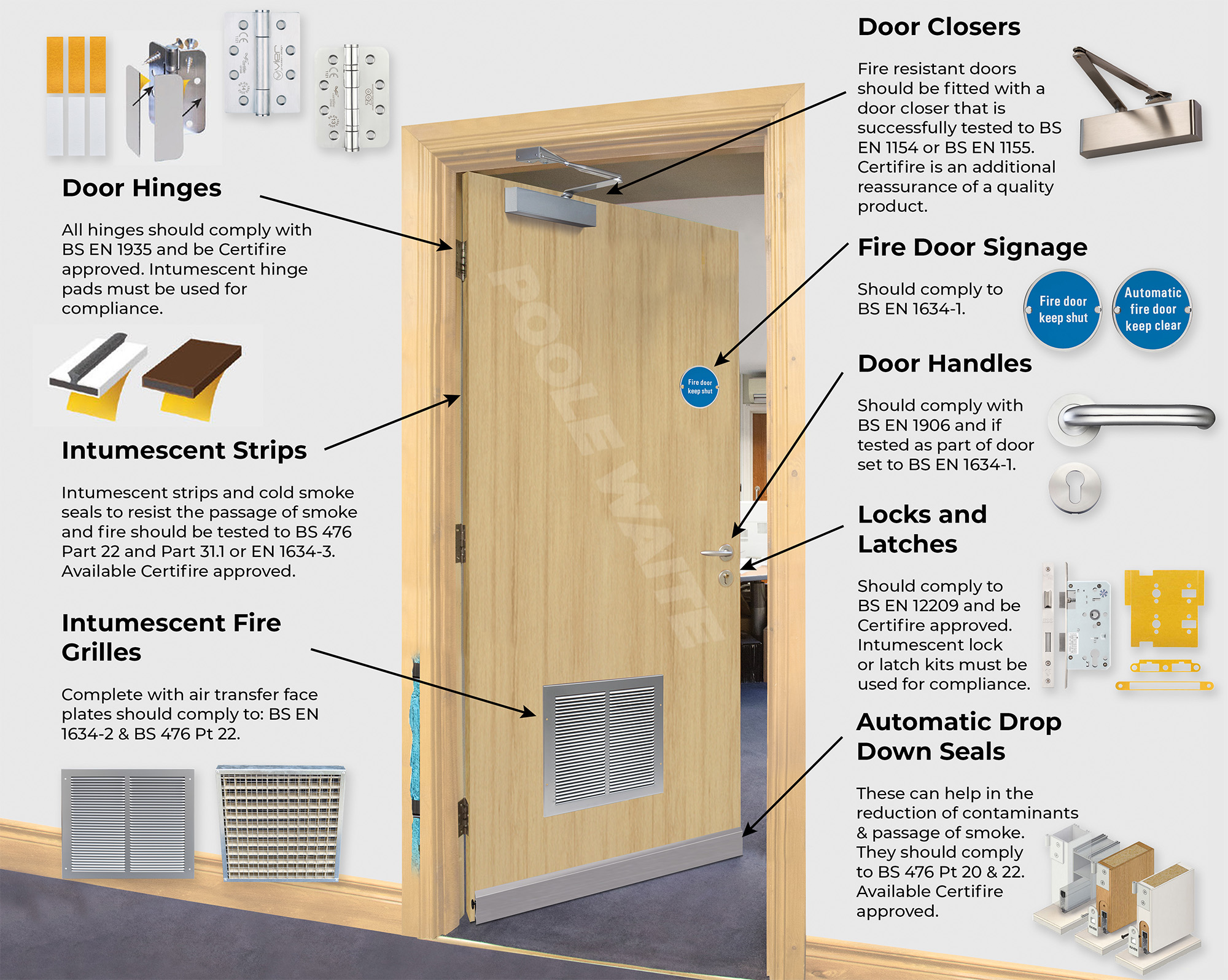
Certification Testing of Timber Fire Doors
To determine the FD rating of fire doors, manufacturers have their fire doors assessed by subjecting them to a test procedure as specified in BS 476–22:1987 or BS EN 1634–1:2014. Tests are made on complete fire door sets: i.e. the fire door and door frame with all the requisite hardware (e.g. locks, latches, hinges,etc).
Door Hinges
To ensure compliance with their fire rated performance, fire resisting doors need to be hung with the correct number, size and quality of hinges. Normally a minimum of three hinges are needed, however the manufacturer's instructions should be closely followed. BS EN 1935 is the appropriate standard and they should be CE/UKCA marked and have Certifire approval.
Hinges installed need to be fitted with the suitable intumescent hinge pads for full compliance.
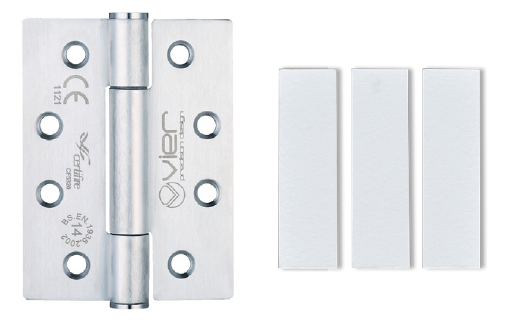
Door Closing Devices
All fire resisting doors, other than those to locked cupboards and service ducts, should be fitted with an appropriately controlled self-closing device that will effectively close the door from a suitable and tested angle. In certain circumstances, concealed, jamb mounted door closers may be specified and in these cases should be capable of closing the door from a desired angle and against a latch bolt or smoke seals if fitted.
The strength and control of the closing device should be compatible with the size of the door and other factors, such as resistance from latch mechanisms, air pressure, heavy traffic use and abusive treatment. The installation of certain door closers will need the suitable intumescent kit when being fitted on fire doors.
They should be tested to BS EN 1154 or BS EN 1155, CE/UKCA marked and Certifire
approved where necessary.
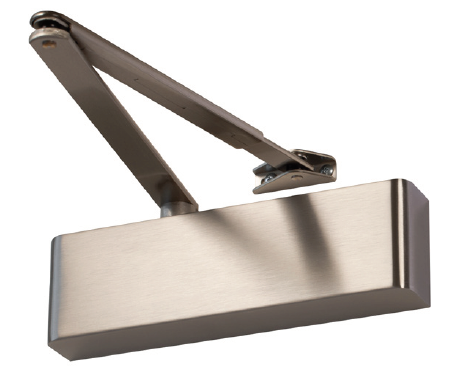
Door Handles
These are a very important component in maintaining fire door integrity and something that is often neglected. For correct compliance they should conform to BS EN 1906 and BS EN 1634–1.
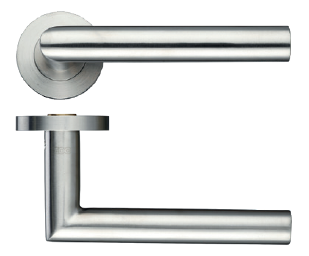
Door Locks and Latches
Locks and latches must be compliant and tested to BS EN 12209, CE/UKCA marked and Certifire approved. It is imperative that the correct intumescent gasket kit is installed for full compliance.
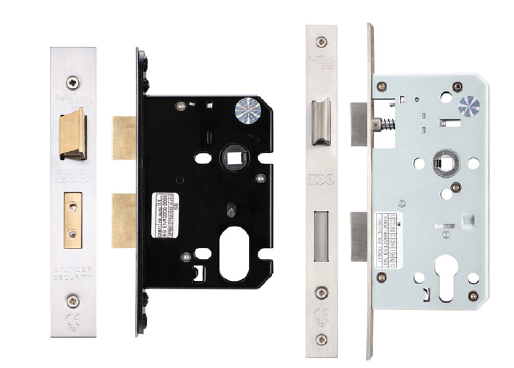
Intumescent Fire and Smoke Seals
Door edges are the part of a door set most susceptible to penetration by heat and smoke. This is because the pressure of a developing fire drives hot gases between the door and frame, leading to loss of integrity. The solution is to use a strip of intumescent material, set into either the door edges or the frame opposite the edges. At around 200° C this will expand to fill the gap between the door and the frame thus maintaining its integrity.
They may be fitted either in the door frame or the door edges. They must be applied to both vertical edges and the top, but are not required along the bottom edge.
Where a door is also required to have a smoke seal, the best solution is to use a combined brush or rubber blade seal.
At no time should the strips be overpainted as this causes them to harden and lose their ability to perform.
When fitting strips and seals they must not be altered in shape or size, as this will reduce their effectiveness.They should be tested to BS 476 part 22 and part 31.1 or EN 1634-3.
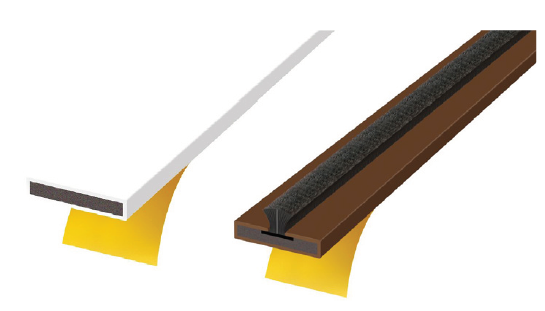
Fire Door Signage
Appropriate door signage should comply with BS EN 1634–1.



